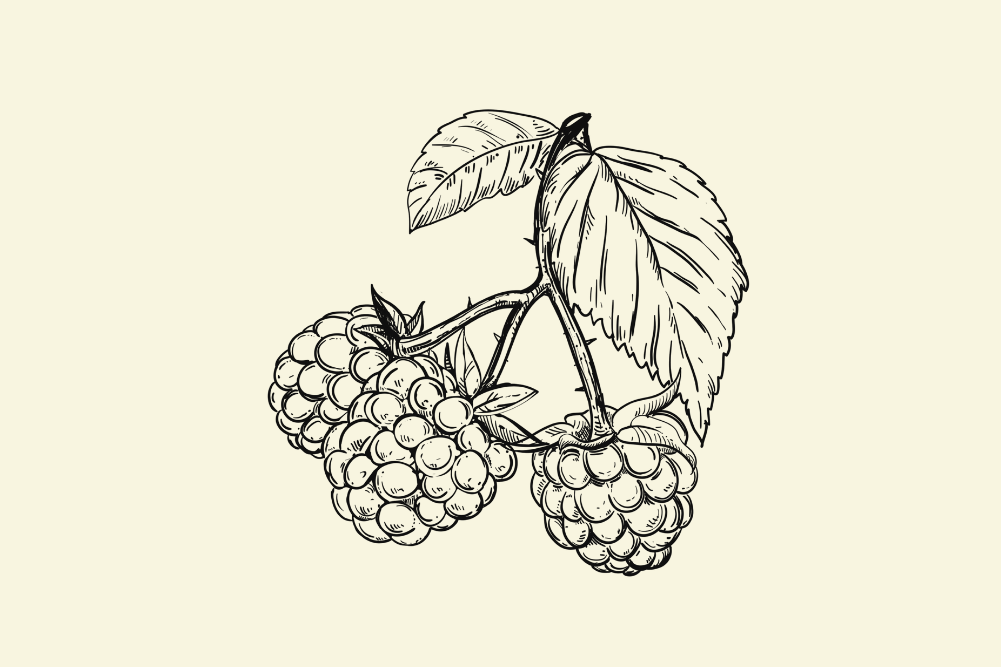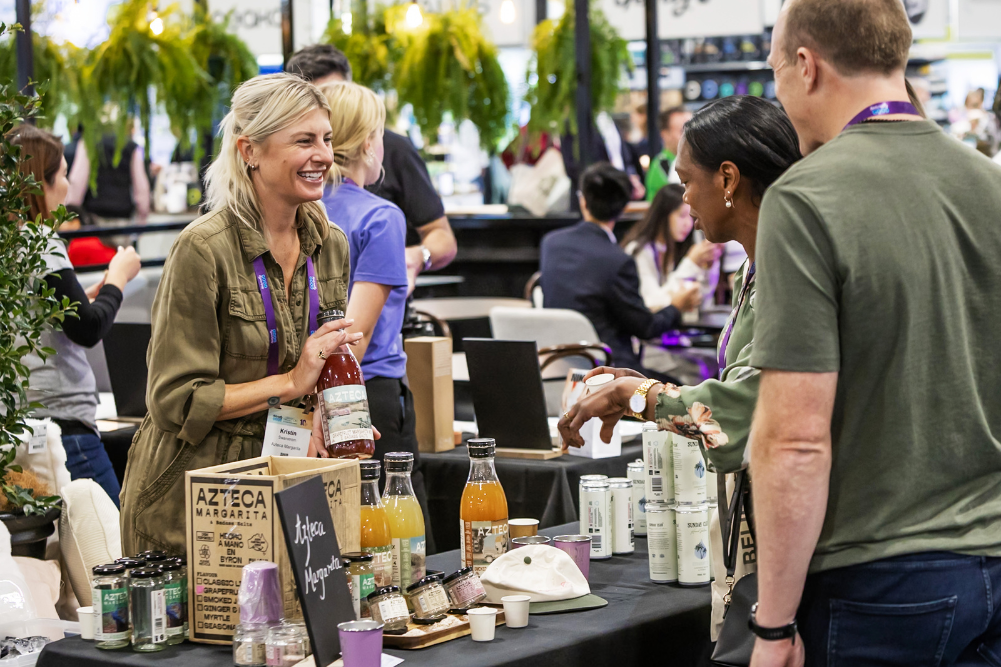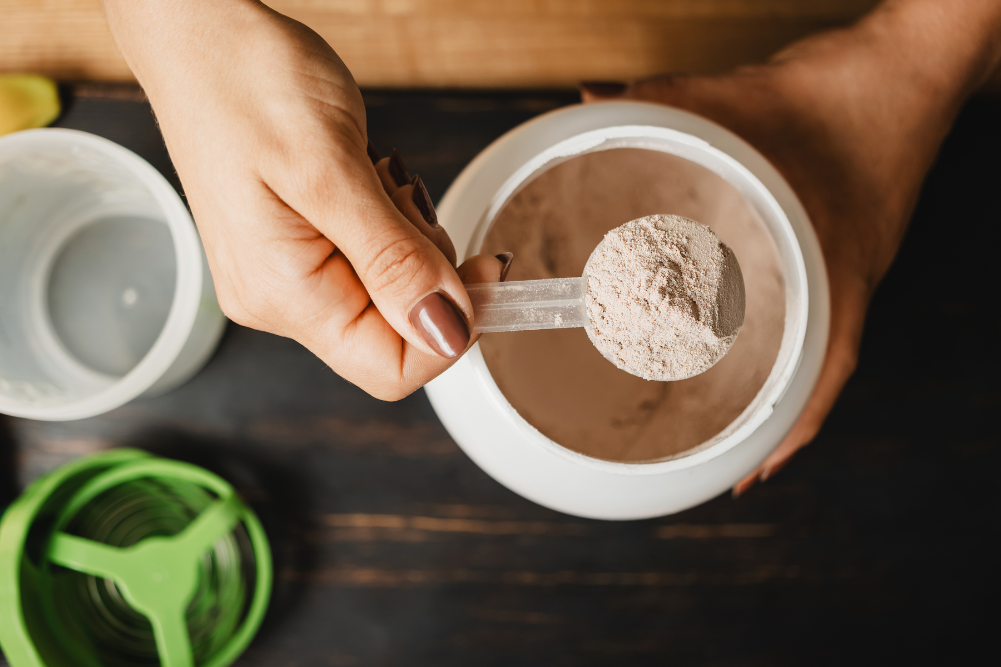Why choose organic wine
Last year, a bottle of 2002 Domaine de la Romanee Conti sold in Australia for $11,500. This rare and beautiful wine, from one of the world’s great wine producers, has been certified organic since 1985, which is how it would have been produced for most of the almost 500 years that grapes had been grown in that vineyard.
That is the truth of organic and biodynamic wines; they are made simply, and simply made, the way wine was made for hundreds, if not thousands, of years before what Mark Davidson of Tamburlaine calls “chemical farming” (AKA conventional farming) became the norm.
But chemicals do figure large in conventional grape growing and winemaking: in the vineyard, in the winery and, finally, in the bottle. Let’s begin in the vineyard.
Chemicals in the vineyard
The Australian Wine Research Institute (AWRI) lists well over 100 “Agrochemicals registered for use in Australian Viticulture”. Conventional winemakers use varying numbers and amounts of those on the AWRI list to kill weeds and insects and to deal with mites and moths, scale and mildew and fungus infections.
Organic and biodynamic winemakers try to use as few interventions in the vineyard as possible, with 99 per cent of the AWRI list banned from use by them. Indeed their certification (see below) strictly limits inputs from very few to (with biodynamic certification) none at all. If a certified grape grower is found using any forbidden chemical or additive, they will lose their certification and their right to call themselves organic or biodynamic growers.
Mark Davidson began making wine in the Hunter Valley 25 years ago. “When I started,” he says, “chemical farming was booming. There were more and more chemical inputs every season. I was technically trained in that sort of farming from my uni days. And, because this was my ongoing farm management experience, it gave me the opportunity to see the cause and effect and come up with some opinions as to whether it was sustainable or not. About 15 years ago, I decided organic was the way to go. For me, it emerged as a far better management system for better-quality grapes and wines.”
The Hunter Valley is a humid area and every season wine growers in the area face the common problem of mildew and fungus. The AMRI list offers 24 chemicals to combat these problems, from azoxystrobin to iprodione, but organic growers such as Mark use what is called a Bordeaux mix, which is a “protective leaf drying spray that has been used way [since] before systemic agrochemicals were developed — just copper and sulphur”.
But even this gentle, old remedy is too much for the biodynamic farmer. Chris Carpenter makes Lark Hill wines using biodynamic techniques. “We use chamomile as a botrytis (fungus) spray because it dries out the spores,” he says, adding that he heard about it from a vegetable farmer. For mildew, instead of the Bordeaux mix, Carpenter uses milk spray. “Copper is far too harsh. It’s highly toxic to micro-organisms (in the soil) and the biodynamic farmer tries to find a way to do away with chemicals.”
While the organic farmer limits chemical inputs as much as possible and works hard to improve the health of the soil and has to comply with the very strict guidelines imposed by the certifier, the biodynamic farmer takes it up a notch. Both look for balance and, rather than zap weeds and insects, see them as indications of imbalance in their systems.
It’s also possible to use nature to a grower’s advantage. “We don’t use chemicals because our system uses winter grasses to smother out the summer weeds,” says Sam Statham of Rosnay. “They (chemical farmers) spray their thistles, while we mow them or chip (pull them out). There’s no reason why they can’t chip out their thistles. It’s a bit lazy.”
According to Peter Dry, the AWRI’s viticultural consultant and ex-Associate Professor of Viticulture at the University of Adelaide, the length of AWRI’s list “doesn’t necessarily mean the typical grower would use more than a fraction of those chemicals. They’re [on the list] because the chemical companies continue to produce them and the regulatory body (Australian Pesticides and Veterinary Medicine Authority, APVMA) allows them to be used.”
One reason more chemicals appear every year is that the old ones stop being effective: weeds and insects grow stronger, requiring more powerful chemicals. It’s a never-ending cycle. Dry claims, “Our grape growers in general have a very low use of insecticides. Many never use them and those who do would only use Dipel (Bacillus thuringiensis, a naturally occurring insecticide allowed in organic farming).”
Mark Davidson has another concern. “It’s not [just] a question of chemicals being approved, but what happens when they’re mixed together? There isn’t enough evidence on this, but what there is, is disturbing.”
A 2008 study, the first of its kind, using a sample of 40 bottles of wine was conducted for the European Pesticide Action Network. The wines were tested in commercial laboratories, which found that all 34 bottles of conventional wine contained pesticide residues. Twenty four different pesticides were identified in the wines, of which five are classified as dangerous by the EU. A further three pesticides are suspected carcinogens. Four more are classed as hazardous by the World Health Organization. Of the six bottles of organic wine tested, five contained no pesticide residues while one contained a very small amount, possibly as a result of spray drift.
Most of the wines in the study were French, Austrian, German and Italian, but it did include one Australian wine, plus Australians and New Zealanders like to drink French and Italian wines as well as our own, especially in restaurants. The study pointed out, “Judged against EU standards on drinking water, none of the conventional wines would have been approved for human consumption. On average, pesticides were present at levels 230 times higher than legally permitted in drinking water.”
While a lot has changed in terms of chemical use in the past 10 years, and many vineyards may use fewer chemicals than in the recent past, the fact remains that the list remains, and the only assurance we have that the grapes our wine is made from are not being grown chemically is if we drink only organic or biodynamic wines.
Chemicals in the bottle
There is another list of around 40 additives, including tannin, permitted in conventional wine. “If you irrigate grapes, they don’t develop sufficient tannin, so you add it from a bottle,” explains David Bruer. “I’d argue you don’t get as good a result.” It’s a similar story with grape-skin extract, which puts colour into wine, and various caramels, which also improve the colour of wine. But these are at the mild end of the additive list. Not so benign is dimethyl dicarbonate, which kills bacteria and which Bruer calls “very poisonous”, and polyoxethylene stearate, a non-ionic emulsifying agent.
One additive allowed in organic and biodynamic wines is sulphur dioxide (So2), a preservative that has been around for a very long time, though not, as some say, since classical Greece. In his book The Story of Wine, Hugh Johnson points to some “vague references in Homer and Pliny”, but there’s no official recognition of the use of So2 until 1487, when it was first permitted in Germany.
Today, some wines are made and labelled as preservative-free and, although most of them are organic, it does not mean that all organic wines are preservative-free. One interesting sidelight is that fruit grown in colder climates is more acidic and the wine made from that fruit needs lower levels of SO2.
Fining, which is the process of using additives to clarify and remove microscopic protein particles, is common in the conventional vineyard but one often avoided by many organic producers. However, there are natural fining agents, such as milk and eggs, that can be used if needed. “Every time you fine a wine you end up with slightly less flavour than you started with,” says David Bruer of the conventional practices. “Whether it disappears into the fining agent or oxidation — it goes.”
What about spray drift?
The issue of spray drift, which occurs when chemical sprays used on a conventional farmer’s crop is carried by wind or other natural means onto the organic farmer’s land, can be treated in a variety of ways. Tony Scherer of Frogmore Creek in Tasmania has been farming organically since 1974 and has been making organic wine in Australia since 1999. “You have to be aware of who’s around,” he says. “Having good relationships with your neighbours is a good thing. It was really difficult in the old days, but not so bad now. We’re lucky where we are. I’m isolated.”
Chris Carpenter from Lark Hill reports a similar situation. “We’re blessed with roads on three sides and no vineyards near us,” he says. “This was a significant consideration when we applied for certification. But the wine industry is light years ahead in the recognition of the dangers of spray drift.”
“Our neighbour will come and see us on the day he is spraying and, as long as the wind is blowing in the right direction, he can go ahead,” says Sam Statham. “But aerial spraying is still a problem. We could be getting hormone drift from 2,4,D and MCPA, which knock out resistant rye grass. A couple of years ago, we had curly leaf, caused by hormone drift.” Those kinds of heavy-duty additives are not used in vineyards, where the cost of the sprays is important.
“Spray drift doesn’t affect us, even though we’re only a couple of hundred metres from a conventional vineyard,” says David Bruer. “Spray machines are so accurate because the sprays are so expensive that 99 per cent goes where they want it and the rest goes under the vines. They pay $800 to $900 a litre for their chemicals, whereas my oil costs $4 a litre. I don’t know why they don’t convert.”
Certification
If the wine you drink isn’t certified with one of the seven certifying bodies, such as Biological Farmers of Australia (BFA), National Association for Sustainable Agriculture Australia (NASAA), or Demeter, you have no guarantee it’s produced organically. It’s all very well for a winemaker to say “as good as organic” or “we use biodynamic methods”. Without certification, this is meaningless.
Wine can be made from organically grown grapes but in a winery that is uncertified, which is how Tony Scherer makes his wines. “All we say is that the grapes are organically grown.” And you won’t find a certification logo on a bottle of Frogmore Creek wine. Sam Statham, on the other hand, is certified all the way from the vineyard to the storage shed. But it does cost him a lot more.
An organic certifying group audits a winemaker’s methods to ensure they comply with national or international standards for organic farming and processing. In most cases, the first stage is when the certifier inspects and takes soil samples. In the next stage, the farm will be classified as “under conversion”. In a few cases, the soil quality will be so poor, or so polluted from past inputs, that the farm will not be able to meet the required standards.
After three years, the certifier will return and the farmer will now be able to use the logo of certification on their bottles. From then on, that farm and/or winery will be audited annually to make sure they continue to comply with the certifier’s standards. Some farmers choose not to use the logo, often because of the cost.
“Our wine is grown and made organically,” says Sam Statham. “It has to be if you want to put the logo on the label. Our inputs have to be certified, as well as the growing and the winery. Now they’re saying the bottling plant has to be certified.”
For him, the annual audit cost is $800 plus a further $250 to check out the warehouse. To use his certifier’s logo on every bottle of wine costs 1 per cent of turnover capped at $4000. “We’ve reached that cap,” says Sam, “so we pay the same as, say Coles, for our small business.”
Is it too expensive to be certified? Those who are don’t think so and believe the benefits (reassurance to their customers, belonging to a group with their interests at heart) are worth it.
Choice
Most organic winemakers have their own ideas on why more people don’t choose to buy and drink organic and biodynamic wines, especially since there are many sound health and environmental reasons to do so. Chris Carpenter says, “There is pretty strong evidence, especially in papers published in the US, that organic and biodynamic wines contain 5–15 times more resveratrol (an antioxidant) than conventional.” Additionally, many wine critics, especially well-known wine writer Max Allen, believe that they taste better.
There don’t seem to be any official sales figures available, but according to the Winebiz.com website, there are 127 Australian producers creating organic wine to certified standards, up from 66 in their 2004 directory. That would tend to indicate a slow but steady increase, at least in production.
Michelle Gadd sells organic wine online and has experienced growth swings. “For the first five years, it was huge — about 30 per cent a year. The last two years, it’s settled back to about 10 per cent — probably as a result of the GFC.”
But with so many of us insisting that our food is organic, why not our wine? Mark Davidson thinks it might be to do with the retail outlets and self promotion. “When you have retail focus, like organic food markets, the people go and shop there. With organic wine, the percentage available is small and there’s not the same degree of voice from the organic wine industry.”
Tony Scherer also makes the comparison with food. “If you’re growing spinach, people just care that it’s organic, not whether it tastes better.” But he believes the market is growing … “certainly in America. Now there are wine lists there that are totally organic.”
“When people buy wine they’re not thinking about their health,” says Sam Statham, “and wine generally has this mystique of being clean and chemical-free. In reality, grapes often come out on lists of the ‘dirty dozen’ (foods that retain a high amount of pesticide). In Europe, grapes are sprayed more than any other crop.”
And, finally, Sam comes up with what is perhaps the best reason of all to drink organic wine. “We did a bit of a survey and people tell us they feel better when they drink our wine. We never got one person who said they got a hangover after drinking our wine.” I’m in conversion.
Useful websites
- Organic Federation of Australia: www.ofa.org.au
- Biological Farmers of Australia: www.bfa.com.au
- Biodynamic Agriculture in Australia: www.biodynamics.net.au
- Wine critic Max Allen’s listing of organic and biodynamic wines in Australia. A word of warning. Max lists many who are using biodynamic or organic ‘principles’ but are not certified — check the listings. Still useful: www.redwhiteandgreen.com.au
- Michelle Gadd’s online organic and biodynamic wine sales site: www.organicwine.com.au







